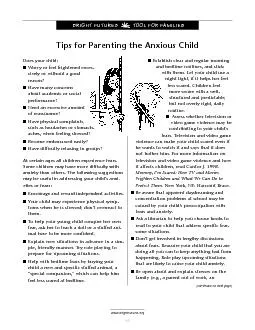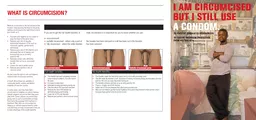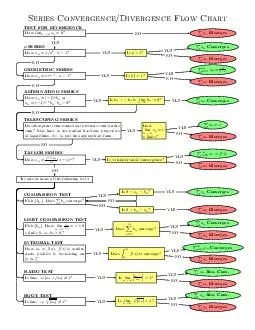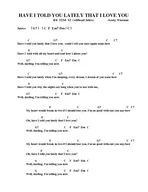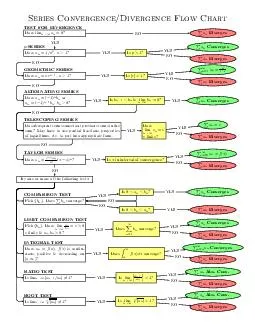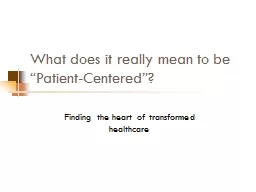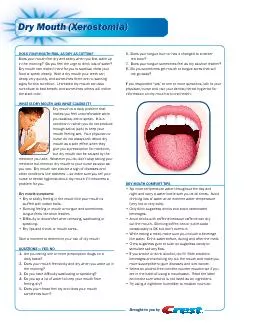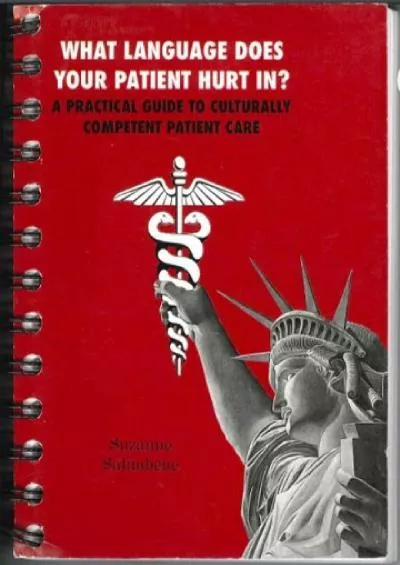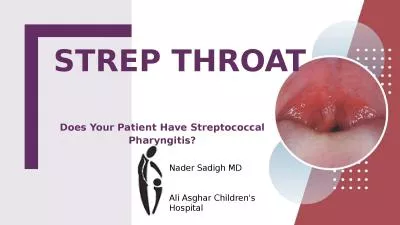PDF-Does your patient have T1 T2 or
Author : natalie | Published Date : 2022-09-01
MODY Aparna Pal Royal Berkshire Hospital Foundation Trust Gaya Thanabalasingham Katharine O wen OCDEM Oxford T1 vs T2 diabetes T2D Older peak age 60 5 10 Hyperglycaemic
Presentation Embed Code
Download Presentation
Download Presentation The PPT/PDF document "Does your patient have T1 T2 or" is the property of its rightful owner. Permission is granted to download and print the materials on this website for personal, non-commercial use only, and to display it on your personal computer provided you do not modify the materials and that you retain all copyright notices contained in the materials. By downloading content from our website, you accept the terms of this agreement.
Does your patient have T1 T2 or: Transcript
Download Rules Of Document
"Does your patient have T1 T2 or"The content belongs to its owner. You may download and print it for personal use, without modification, and keep all copyright notices. By downloading, you agree to these terms.
Related Documents


